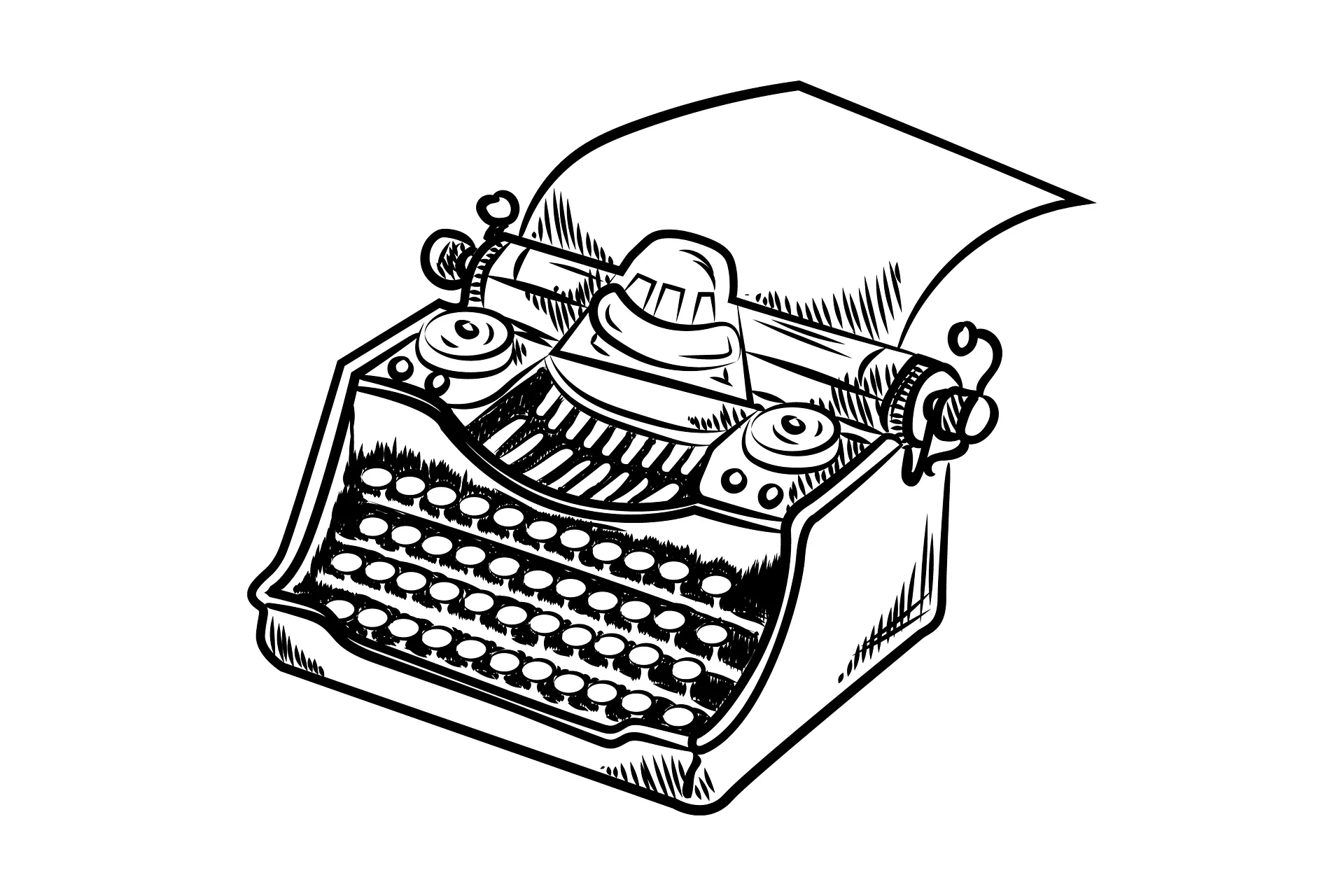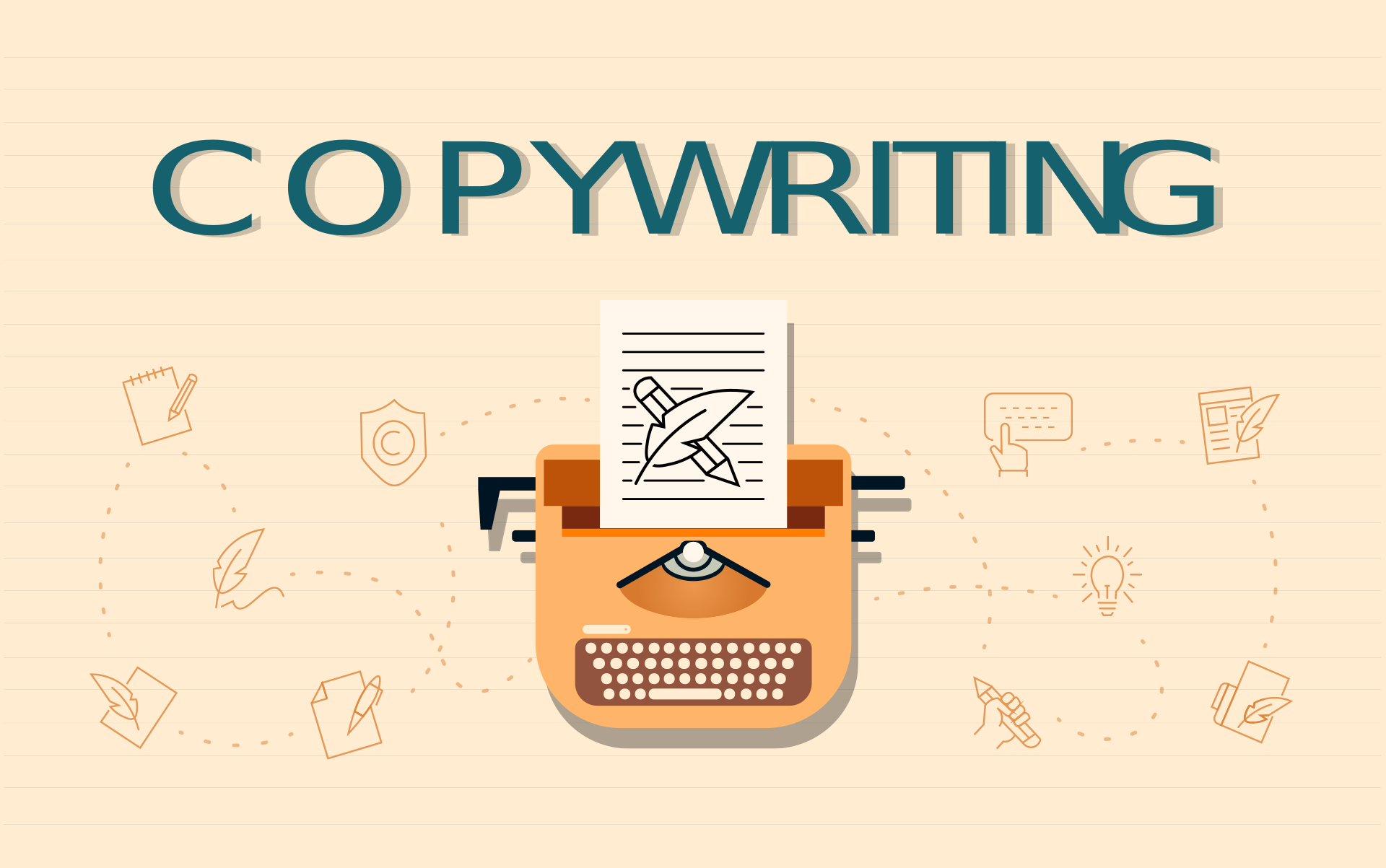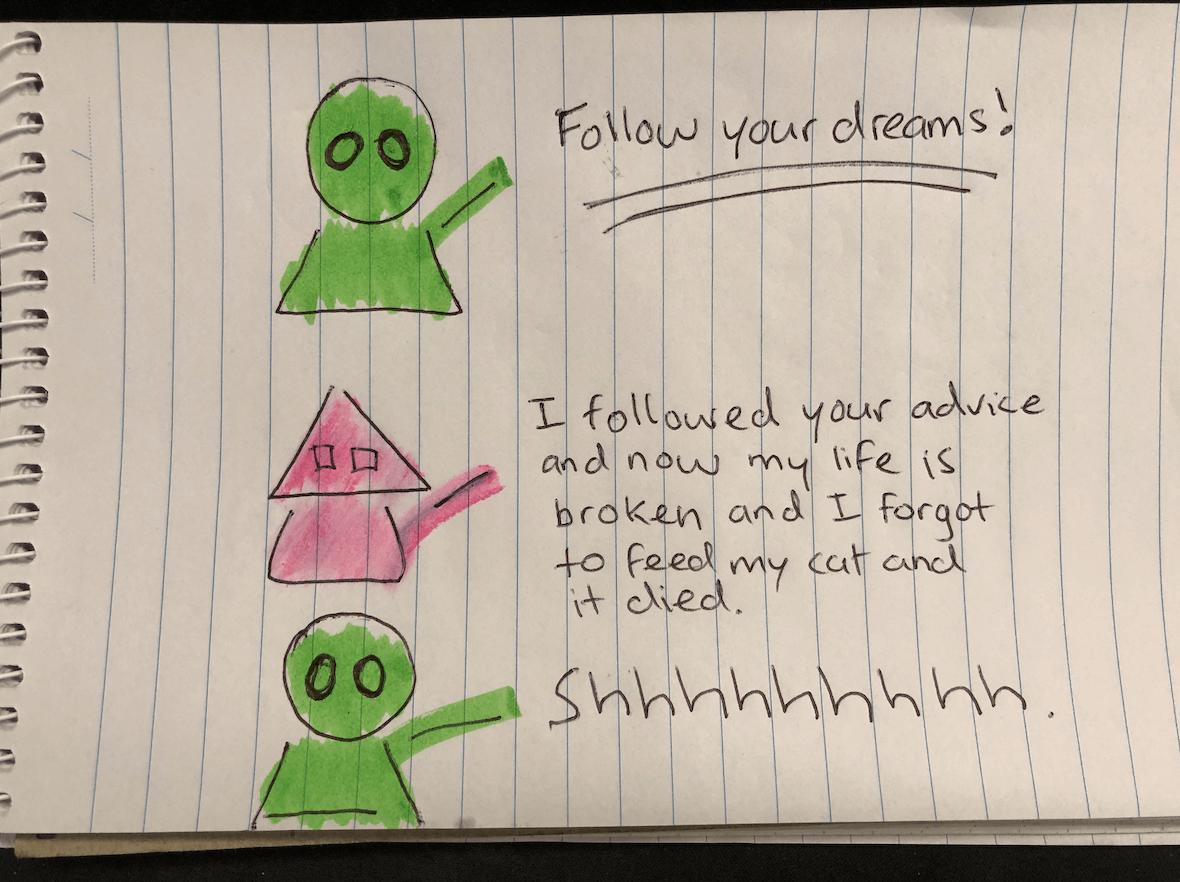Let’s talk about one of the most important (and possibly most confusing) concepts in marketing.
The Sales Funnel.
It’s also known as the marketing funnel, purchase funnel, or conversion funnel.
A quick Google search of “sales funnel” reveals many, many versions.
A long Google search reveals companies have experimented with this model a lot.
Yet, the basic idea is a simple one.
The sales funnel, in its many forms, is essentially about the key stages your potential customers go through – from first hearing about your brand, all the way to making their first purchase – and thereby transitioning from “prospect” to “customer.”
If there is an original or classic version of the model, it would be the AIDA model (Awareness, Interest, Desire, Action) developed by Elmo Lewis, an American advertising educator, back in 1898.
Looking at more modern sales funnels, what we usually find is an upside down pyramid image divided into around 3 to 5 stages (occasionally as many as 9 stages).
Some of its main applications include giving better structure to where certain sales actions should happen (especially follow-up activities), working out when prospects are most likely to drop out, and determining where to invest time and resources on quality leads.
To keep things simple, most funnels tend to deal with (at least) these 3 key stages…
1) Top of Funnel (Awareness / Attention / Discovery):
The potential buyer first becomes aware of the fact that your product/brand exists.
In other words, what you sell is brought to the prospect’s attention.
This could be online or in-person.
Common examples include TV ads, direct mail, landing on your website from a Google search, being drawn to a headline on social media, or someone mentioning your product to a friend (i.e. word of mouth).
2) Middle of Funnel (Consideration / Interest / Desire):
After initially grabbing the prospect’s attention, we move to a stage where the prospect generally wants to know more about the product before they are comfortable committing to a purchase.
This could include one or more actions such as exploring your website, reading the details about a product, visiting a store, looking at average customer reviews, examining testimonials, requesting a brochure, making an appointment, inquiring via email, speaking with a sales rep, or scheduling a demo.
Building credibility, stirring desire, and emphasising your Unique Selling Proposition (USP) are often seen as important parts of this process.
It can also be the case that the seller considers whether the buyer is right for them and may use Qualifying Questions to determine how much time and effort to invest in a specific prospect.
In any case, the prospect considers whether the product marketing message is genuine and worth the price tag or level of investment.
It’s the age-old question: “Do benefits exceed costs?”
3) Bottom of Funnel (Decision / Action / Purchase):
This is a stage beyond basic consideration and information gathering about your product/brand.
The prospect has indicated an intention to buy and the seller may give special incentives to help gain buyer commitment.
There may be a process of negotiation, comparing your best offer to competitors, or overcoming final objections.
The customer commitment may be in the form of subscribing, signing up, doing a trial, or simply paying for the product or service (at full price or a discount).
Ultimately, this stage is where all the marketing material and sales effort pays off.
The prospect makes the decision to buy — and becomes a customer.
All is won.
The salesperson shouts “Yippee!”
And everyone lives happily ever after.
Or …
Something terrible happens, and the prospect drops out at the last minute.
All is lost.
The salesperson drops to their knees.
The darkness and despair are total.
In the best case scenario, your sales funnel is more like a sales cylinder — all leads that go in, come straight out as sales.
In the worst case scenario, your sales funnel is more like a sales sieve — all leads that go in, leak out.
The whole process might take minutes, days, or weeks depending on what is being sold and who it is being sold to.
After their first purchase, the customer may later do a repeat purchase and increase their level of product-line adoption. In this sense, rather than a one-time linear process, the sales funnel can be envisioned as a purchasing loop.
Typically, a traditional marketing funnel will emphasise the prospect or buyer journey (pre-purchase). However, it’s also common these days to see models emphasising customer loyalty post purchase (e.g., awareness, consideration, conversion + loyalty and advocacy).
Regardless of the complexity of the sales cycle, basic customer actions tend to apply at different points and so it makes sense to group these action points together with the broad aim of moving more potential buyers to the final purchasing decision.
And that is what a sales funnel is ultimately for — to make more sales and minimise potential conversion misses.
Adding complexity and confusing staff isn’t what the framework is intended to do.
If it doesn’t help, don’t use it.
So that’s the basic concept of a sales funnel… cycle… loop… thing.






